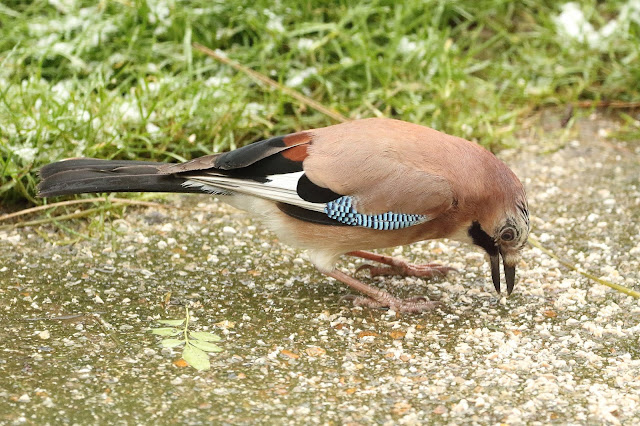Gaynor has included a hints of what to look for:
Now is the time to start looking for signs of frog and toad spawn, which can be found in ponds from late January, and into February and March. Frog spawn is always laid in clumps whereas toad spawn comes in long chains, usually draped over pond weed and submerged plants.
Common Frog is about 9 cm (3.5 in) long, green or brown with irregular dark blotches on the back and behind the eye.
Pool Frog is also about 9 cm (3.5 in) long, although the males are usually a little smaller, and are dark-brown with a yellow stripe down the middle of the back.Common Toad is about 8 cm (3 in) long with warty skin which is shades of brown, green or grey and the belly is often pale with dark speckles.Common Newt (or Smooth Newt) is about 8-11 cm (4 in) long, grey-brown on top with an orange belly, and black spots all over. Males have a smooth crest running down their body and tail, in the breeding season.Great Crested Newt is larger, being up to 17cm (6-7 in) long, having almost black warty skin, with spotted flanks and a striking orange belly. Like the Common Newt, males also have a long wavy crest running along their body and tail during the breeding season.
Gaynor Farrant email: gaynorfarrant198@btinternet.com
Contact details for all ANW recorders can be found here: ANW CONTACTS
























































